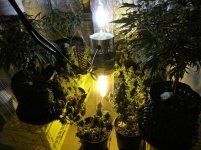chief bigsmoke
Active member
those are top shelf specimens of bastnasite, you can find cheaper crystals on EbayI got mine for $30ish
View Image
Thats a WAYYY better prize and size. super cool nader. You've opened my eyes to something totally brand new and interesting. Crystals are marvelous.


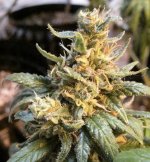
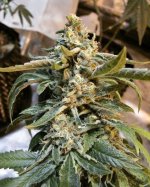
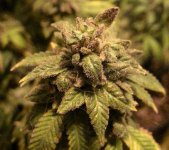


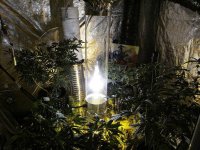


 And what do you use for the application? I seem to recall having read (MicrobeMan?) someone post that research shows that the mister/aerosolizer/whatever kills the critters before they can get from the sprayer bottle --> to the foliage.. ?
And what do you use for the application? I seem to recall having read (MicrobeMan?) someone post that research shows that the mister/aerosolizer/whatever kills the critters before they can get from the sprayer bottle --> to the foliage.. ? 
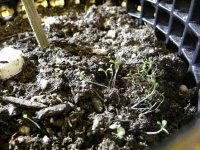




 )
)

